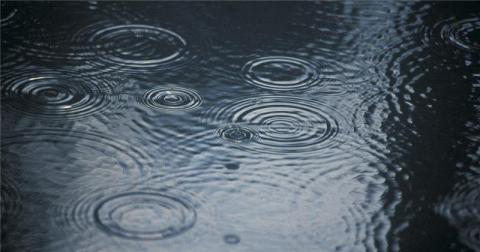A new filter produced by scientists at Rice University in Houston, Texas has proven able to remove more than 90 per cent of hydrocarbons, bacteria, and particulates from contaminated water produced by hydraulic fracturing operations at shale oil and gas wells.
The work by Rice chemist Andrew Barron and his colleagues turns a ceramic membrane with microscale pores into a superhydrophilic filter that essentially eliminates the common problem of fouling.
The researchers determined one pass through the membrane should clean contaminated water enough for reuse at a well, significantly cutting the amount that has to be stored or transported.
The work is reported in Nature’s open-access Scientific Reports.
The filters keep emulsified hydrocarbons from passing through the material’s ionically charged pores, which are about one-fifth of a micron wide, small enough that other contaminants cannot pass through. The charge attracts a thin layer of water that adheres to the entire surface of the filter to repel globules of oil and other hydrocarbons and keep it from clogging.
Contaminated water through to decontaminated permeate. Courtesy, Rice University and Scientific Reports.
A hydraulically fractured well uses more than 18 million litres of water on average, of which only 10 to 15 per cent is recovered during the flowback stage. “This makes it very important to be able to reuse this water,” said Barron.
Solubilized hydrocarbon molecules slip right through microfilters designed to remove bacteria. Natural organic matter, like sugars from guar gum used to make fracking fluids more viscous, require ultra- or nano-filtration, but they foul easily, especially from hydrocarbons that emulsify into globules.
“Frac water and produced waters represent a significant challenge on a technical level. If you use a membrane with pores small enough to separate, they foul, and this renders the membrane useless,” said Barron. “In our case, the superhydrophilic treatment results in an increased flux (flow) of water through the membrane and inhibits any hydrophobic material — such as oil — from passing through. The difference in solubility of the contaminants thus works to allow for separation of molecules that should in theory pass through the membrane.”
Originally reported in Science Daily by Mike Williams.










